Debate rages over aging PSJ neighborhood ballfields
To some in Port St. Joe, the aging Tenth Street ballfields that for decades have been the neighborhood gathering spot for the Great American Game now have the potential to be transformed into a Field of Dreams that brings them up to 21st century infrastructure standards.
To others, the proposed renovations have the potential to be a giant nightmare, enlarging and intensifying the environmental impact a reconfigured site will have on the neighborhood.
The two sides took the field, so to speak, last week in the city commission chambers for a workshop to address the pluses and minuses of the proposed plans.
Final score? We’ll do what we can to address neighbors’ concerns, and work within our budget, city officials say, but we plan to move forward, with the support of the county.
With city commissioners Eric Langston and Steve Kerigan both absent due to working with state legislators in Tallahassee, Mayor Rex Buzzett and commissioners Scott Hoffman and Brent Lowry met with a standing-room-only crowd to focus on the subject.
First to speak was City Engineer Scott Baxley, who outlined the most current plans for the project, not yet set in stone.
He said plans call for additional parking on Eighth Street, the extension of new stormwater piping from Eighth to past Tenth Street, six total fields, new batting cages and concession stands, and the closure of Tenth Street to ensure traffic safety.
“We don’t have a formal cost estimate,” said Baxley. “We have maybe $2 million right now to spend. Just piping that ditch is going to be a major, major effort.”
With estimated costs at $1,000 a linear foot for 42-inch upstream piping, for a total of 2,100 linear feet, about a quarter of that underground, the stormwater improvements will eat up much of that money, and will take about three years to complete, he said.
County officials, who have pledged $1 million so far in lodging tax monies earmarked for parks within Gulf County, say the stormwater work may end up costing significantly less than that, with the assistance of county crews.
Hoffman then spoke, making clear he remains a strong backer of the project, but is open to modifications.
“This has been a long and problematic process that has transpired over the last 20 years,” he said. “We voted and we revoted and so far what we voted for, unanimously, is to spend $1 million in Covid funding on the Tenth Street ballfields.
“That’s all we’ve done is meet and vote and many (youth) are now well past the age of being able to enjoy the ballfields,” Hoffman said. “The only way we could divert what we voted on is the person who made the two motions to apply the money there and to do something on Tenth Street to improve the fields (would have to withdraw the motions). I made them both, and they will not be withdrawn.”
His colleague Brent Lowry said there may have to be modifications due to costs, but he too is behind it. “The bottom line is I’m for the improvements. I don’t believe we can do what’s on this agenda, we need to figure out something different.”
Buzzett’s language in addressing the challenge sought to downplay any likening of the Tenth Street project to the multi-million-dollar mega-sports complex once envisioned for the Jones Homestead area on 60 acres of land given the city by The St. Joe Company, a concept that has been all but abandoned by both city and county officials but which many speakers at the workshop sought to have revived in lieu of the Tenth Street plans.
“We need to improve the parks, there’s a lot we can do on the footprint,” Buzzett said, noting that just a few weeks ago a transformer had blown on one of the aging electrical poles. “We can do maintenance on the fields; we need to improve what we have.
“Let’s work together and try not to get sidetracked on what we cannot do,” he said. “Let’s focus on what we can do.”
The mayor said that since Hurricane Michael the focus has shifted away from the ballfields, but that seeking grant funding will return to ongoing infrastructure needs like the ballfields. “We haven’t forgotten it,” Buzzett said. “We’ll shake the bushes any way we can.”
Proponents, opponents speak out
Josh Dailey, an educator with the Gulf County Schools and the father of five kids who all play ball, reminded the audience the multi-million dollar price tag for the former Field of Dream has rendered that concept out of the question.
“I’m glad we’re talking about what we need to be talking about,” Dailey said. “I have heard the other side, about green space, about owls, and I get it, I understand. There are always going to be an owl, beach mice, but our kids need a ballpark. We’ve been talking about this for 20 years.”
Dailey offered up a revised plan that would remove the basketball court, both playgrounds and the t-ball field, but which he said would preserve more green space.
Opponents have pointed to what they see as potential for extensive environmental and hydrological damage from the ballfields’ expansion. They have also pointed to an infusion of traffic during game time, with heightened problems of speeding and parking.
“The fields are clearly oversized, you have gone from a neighborhood park to a full-scale sports complex,” said Robert Branch, who has lived on Marvin Avenue for 33 years. “Why do you need six ballfields unless you’re going to have travel ball? There’s got to be another reason for asking for this much ballfield.”
Both Branch and Christy McElroy, an outspoken opponent of the project, voiced concern about the effect the growth will have on water flowing on to neighbors’ properties.
“We had a disaster in the way of Hurricane Michael where we had 2 to 6 feet in that wetland. That wetland and canal system did what it had to do; it didn’t flow back to Garrison Avenue,” said McElroy. “The city cannot divert water onto other people’s property, it’s just that simple.”
Jim Martin, who first came to work at the paper mill in 1982, said he recently bought property on Tenth Street, aware of the existing ballfields, but thinking that a large-scale sports complex would go up east of town, as was once envisioned.
“From what I’m seeing, you’re wanting to build the field of dreams here, not where you committed in legal documents to build it previously,” he said. “I feel like a victim of bait-and-switch. Why change, why commit, and suddenly now?
“I understand this is for the kids, but you’ve shoved a nuisance into a community that does not want it,” Martin said.
He said doing the Tenth Street project would add another $1.2 million to $2 million in costs that wouldn’t be part of the original Field of Dreams site, which he said should not be written off because it’s further from North Port St. Joe and other of the city’s traditional neighborhoods.
“That’s all the more reason to put it where the county can access it, not in the heart of the city, shoehorning into space that does not allow further growth,” Martin said. “I don’t see any kids walking to it; they (parents) all take them. The ease of walking is a non-issue.”
County backs Tenth Street plans
County Administrator Michael Hammond bristles at the suggestion the county is doing anything like a bait-and-switch, particularly when it comes to the additional penny in bed tax monies a supermajority of the county commission approved a decade ago. He said that money has always been earmarked for Gulf County parks, not exclusively to the Field of Dreams project, and has been spent on a number of parks needs throughout the county.
He also noted that the former St. Joe Company acreage in the Jones Homestead area once served as a dumping area for wastewater and pulp debris from the paper mill, and so building there would have additional remediation costs.
Speaking on behalf of the county at the workshop, County Attorney Jeremy Novak said the plan to use $1 million in bed tax monies for rejuvenating Tenth Street “meets the needs required by law. It’s lawful under the TDC (Tourist Development Council) statute.
“One of the issues is connectivity, where every child can get to our parks to get to our ballfields,” he said. “I encourage you to continue to pursue what you’re doing.”
A number of people raised issues about the traffic impacts that closing down a stretch of Tenth Street would have, and encouraged the city to complete a traffic study before moving forward on that aspect of the project.
“You can cone them off during events, and have police there,” said one speaker.
If clapping from the audience is a reliable indicator, then the audience appeared to be more strongly in support of building up the Tenth Street ballfields.
“We’ve heard from a lot of people but you don’t hear from us and the children and those who have a child out there,” said Crystal Smallwood, wife of the county engineer. “We’ve shown up tonight and we have our kids in tow. The majority of kids in town are for all these improvements. We’re behind you 100 percent, and the majority of us support and we’re tired of waiting.”
Hoffman estimated that a large majority of county residents support the project, including people on Cape San Blas and Indian Pass. “The community does support it in my opinion,” he said.
Speakers like Lanny Blair commented that not all youth play baseball or softball, and that there are other recreational pursuits that require funding. “Organized sports is not the do-all for kids, not all kids play sports,” he said. “These are just as important for our children.”
John Fadio, who has lived in Woodward Avenue for 60 of his 85 years, blasted the project and said the city should stick with its original Field of Dream plan.
“You all been planning for years, putting it off, and now you don’t want to do it,” he said. “You’re going to flood that whole darn neighborhood out.”
Samuel Amerson, Sr. said he backed the Tenth Street project but warned of speeding vehicles becoming a real hazard.
At the end of the workshop, Hoffman acknowledged that “people have concern about closing Tenth Street. Some of us, me included, have rushed too quickly to support that idea. The closure of Tenth Street was mainly an idea because of safety.
“As for the water flow it’s amazing to me how everybody has become an expert on water flow,” he said, noting that he has had to address the issue on his own property because the lot behind him is higher.
“The Army Corps of Engineers, the Northwest Florida Water Management District, they are experts (on) what you have to pipe to be effective,” Hoffman said. “We’re going to listen to those and hopefully you will agree that’s the best advice you can get in the state of Florida.”
Lowry, too, remained steadfast. “Let’s move forward, I’m tired of waiting,” he said. “We’re looking at a different design. Let’s move forward and not slow down the process.”

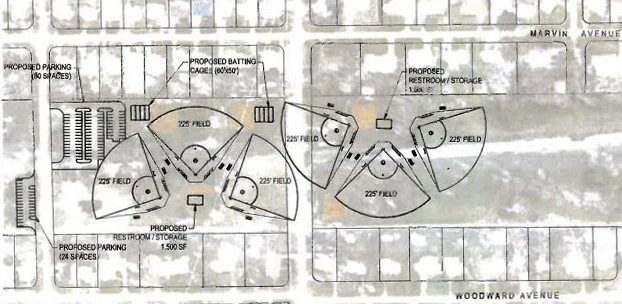
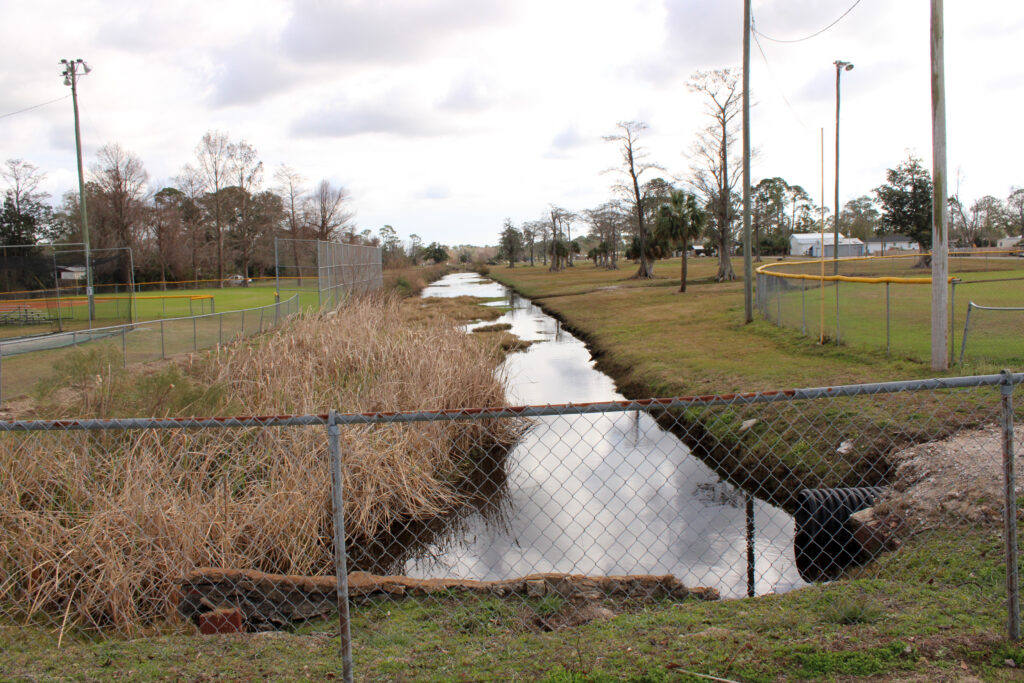

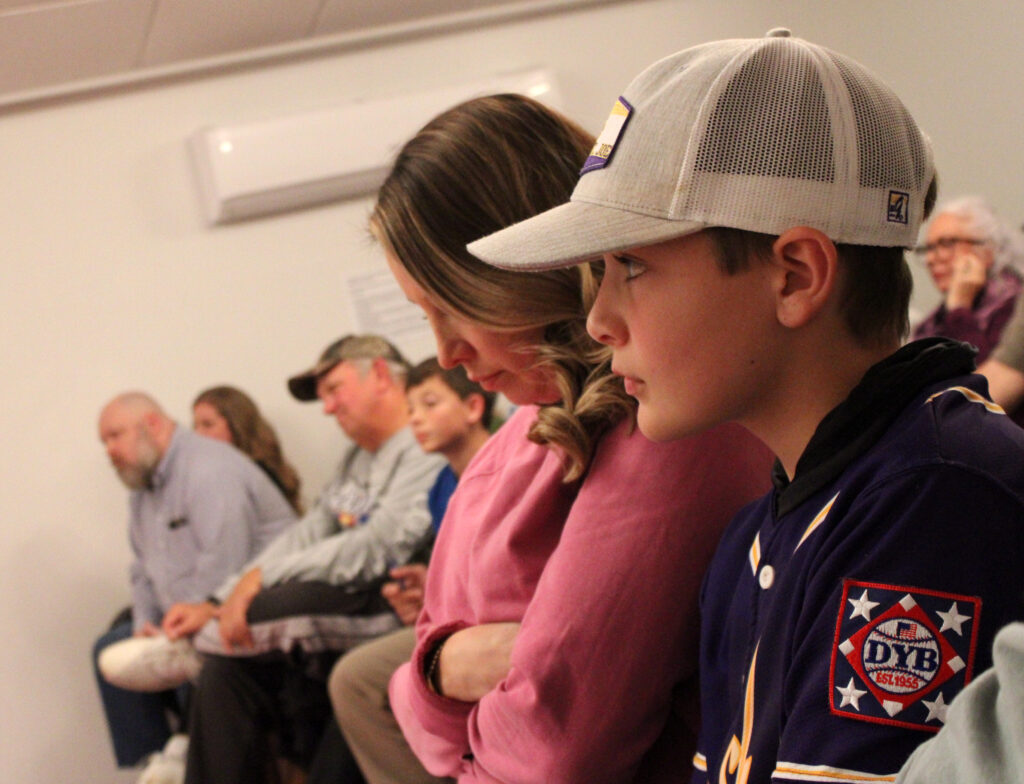
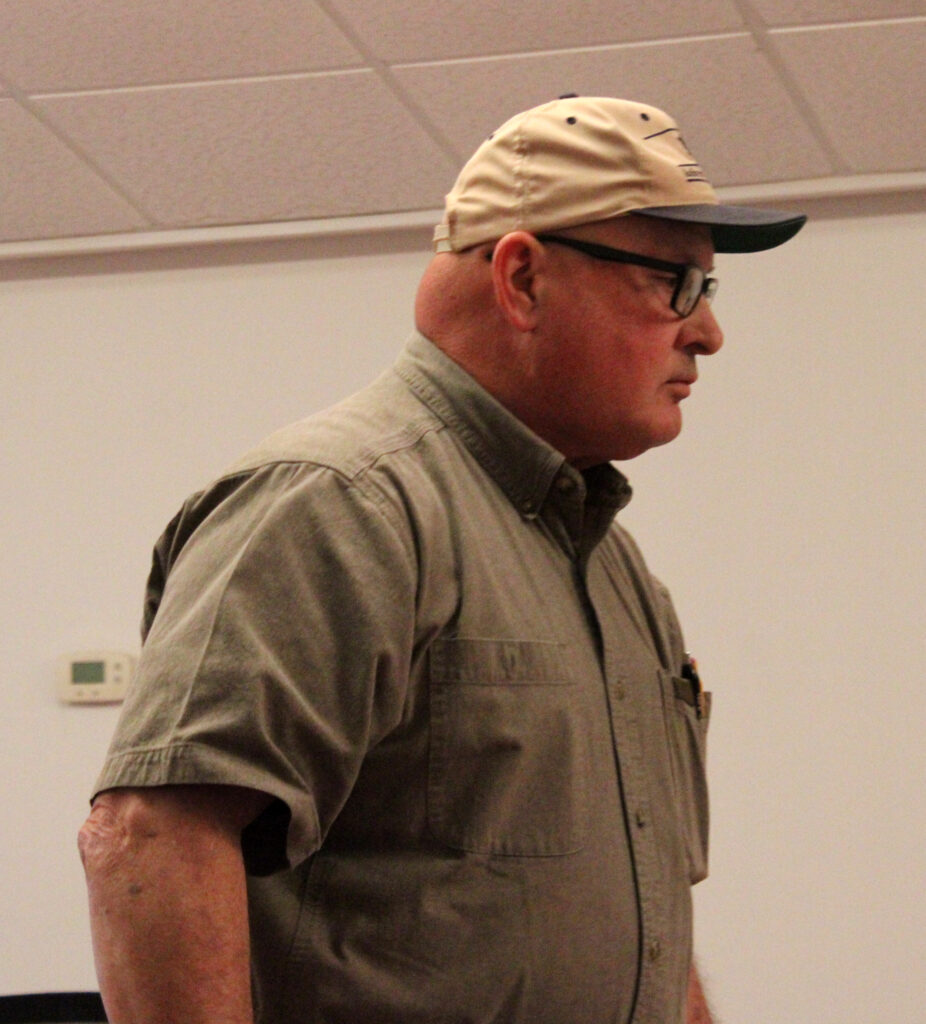

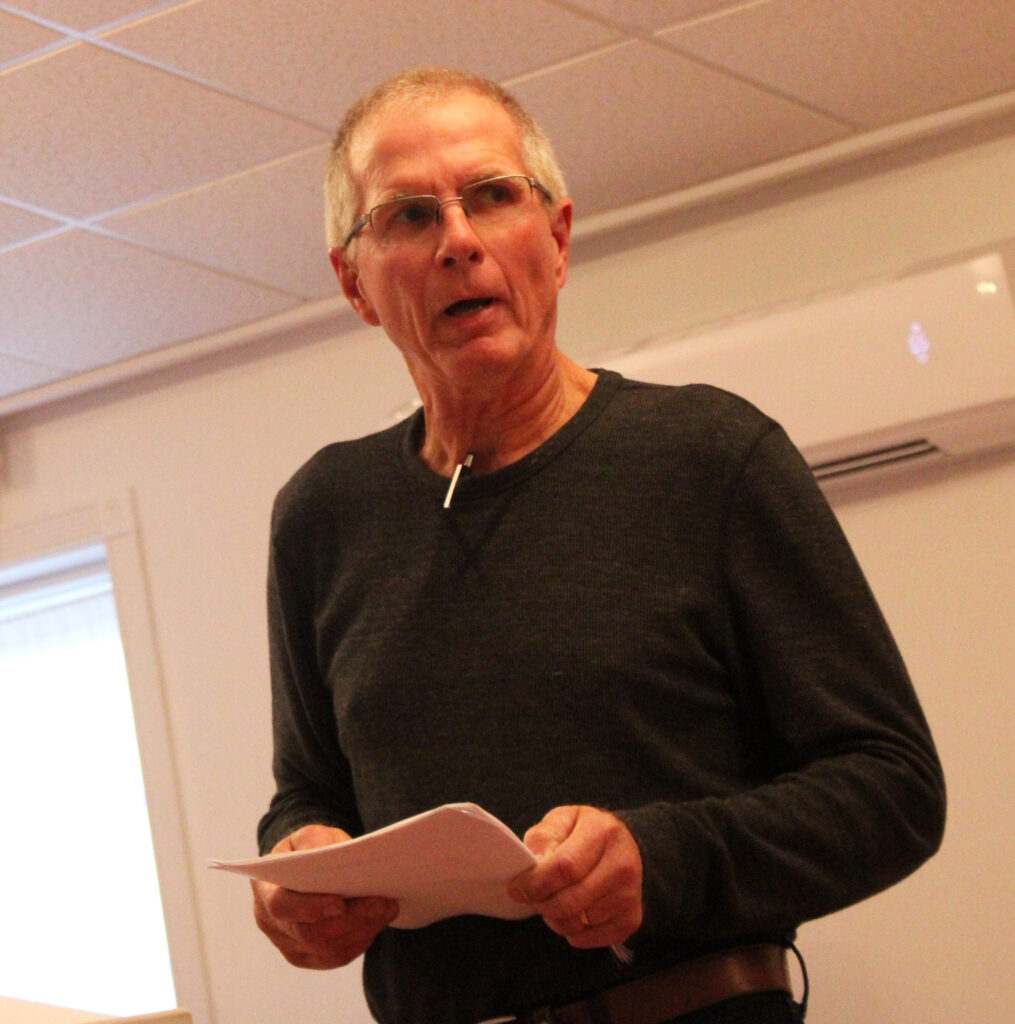
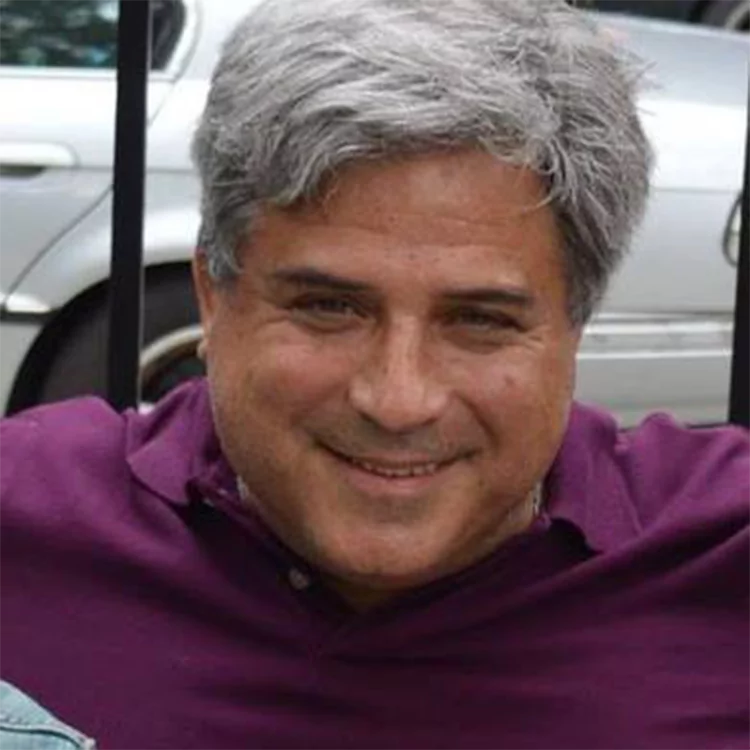
Article says I (JimMartin) have lived in PSJ for42 years. This is a misunderstanding of what I said ai the meeting. I said I first moved to PSJ in 1982. Have not lived here continuously since then.
I have made the change to the story to more accurately reflect what you had said.
Sadly the bait and switch is at the commissioner level. The plan presented is easily in the 20 million mark, and the city has 2 million. The city council putting this up for discussion is a way to distract from the fact that they don’t have the funds to do anything, and they haven’t kept the current park up to safe standards.